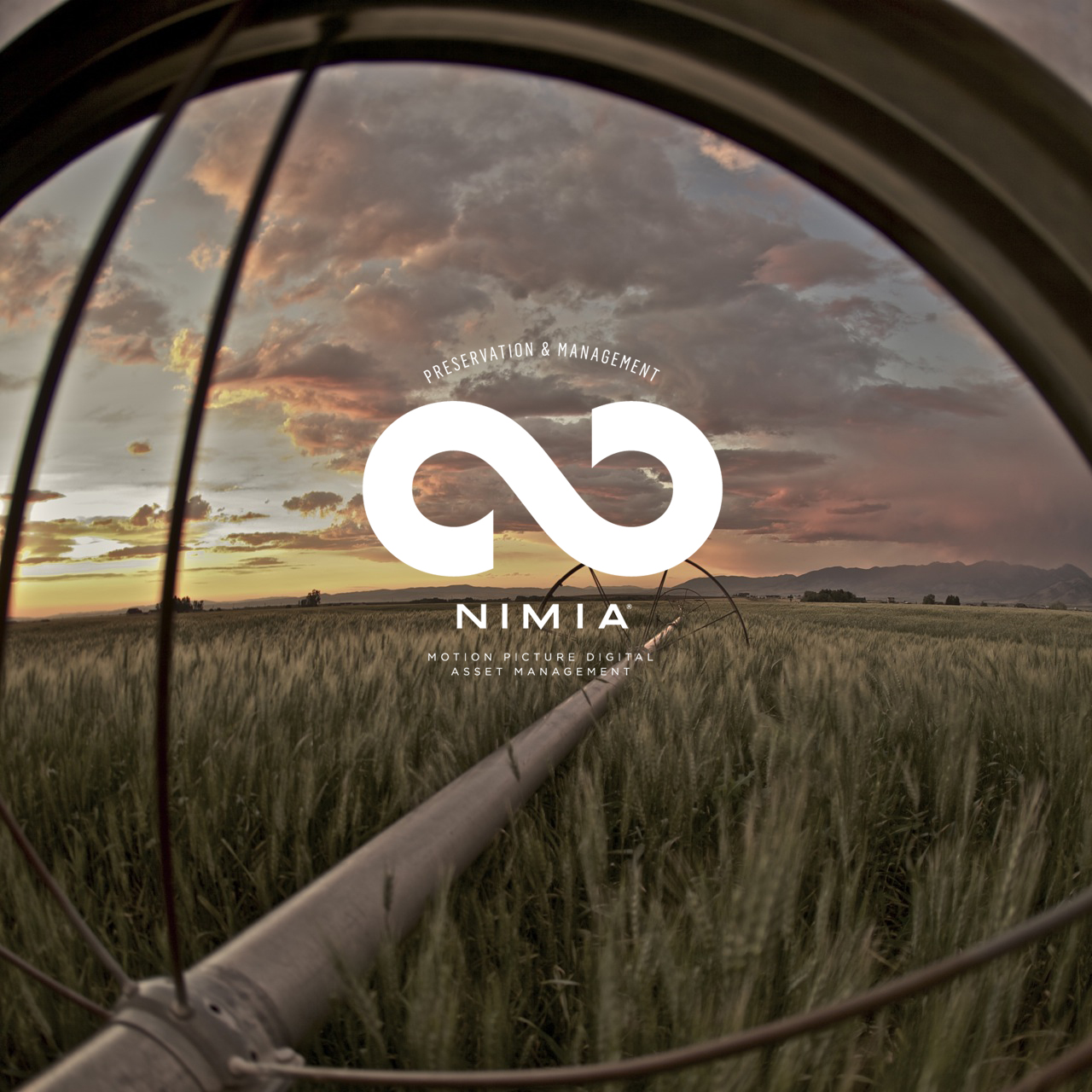It all started nine years ago with Google’s audacious idea to digitize every book known to man (Book Project). Their goal – to make all books keyword searchable. The problem – they would need to copy (digitally scan) every page of each book and in the process possibly violate authors’ copyright. Almost immediately after Google started their Book Project, they were sued by the Author’s Guild and other groups for copyright infringement.
After eight years in court, last week the presiding Judge ruled in Google’s favor, eg., Google can copy your book without your permission. This ruling has implications for video, film and media production companies. The following paragraphs explain the Judge’s ruling and investigate the possible ramifications of this new case law for video, film & media production companies.
Google’s Copying is “Fair Use”
Judge Chin determined that Google’s copying (digital scanning) of books met the U.S. Copyright Law’s definition of “Fair Use”. Judge Chin reasoned that Google’s use of the books was highly transformative – “Google Books digitizes books and transforms expressive text into a comprehensive word index.”
Judge Chin cited the case Perfect 10 v. Amazon as legal precedent that allows large-scale scanning in order to create indexes and search services. Perfect 10 involved the copying of photos without the owners’ permission so that the photos could be used as “thumbnails” in Google’s image search. Perfect 10 held that such copying without the artists’ permission was “fair use” and not against copyright law.
What is Fair Use?
Normally a company cannot copy or display a copyrighted work without the owner’s permission. Fair Use is a legal doctrine that allows limited use of copyrighted material without acquiring permission from the owner of the copyrighted material.
How does a court determine a copyright violation vs Fair Use?
To determine whether someone’s use of copyrighted material falls under the Fair Use doctrine, courts apply the following four factors, codified in § 107 of the Copyright Act:
1. The purpose and character of the use, including whether such use is of a commercial nature or is for nonprofit educational purposes.
“Here, Google does not sell the scans it has made of books for Google Books,” “It does not sell the snippets that it displays; and it does not run ads on the About the Book pages that contain snippets. It does not engage in the direct commercialization of copyrighted works.” – Judge Chin
2. The nature of the copyrighted work.
“…the books at issue are published and available to the public” – Judge Chin
3. The amount and substantiality of the portion used in relation to the copyrighted work as a whole.
“Here, as one of the keys to GoogleBooks is its offering of full-text search of books, full-work reproduction is critical to the functioning of Google Books”, “… Google limits the amount of text it displays in response to a search.” – Judge Chin
4. The effect of the use upon the potential market for or value of the copyrighted work.
“It [Google Books] generates new audiences and creates new sources of income for authors and publishers.” – Judge Chin
Judge Chin found that the four factors favored a finding of fair use and thus no copyright violation. He summarized his opinion succinctly:
“In my view, Google Books provides significant public benefits. It advances the progress of the arts and sciences, while maintaining respectful consideration for the rights of authors and other creative individuals, and without adversely impacting the rights of copyright holders. It has become an invaluable research tool that permits students, teachers, librarians, and others to more efficiently identify and locate books. It has given scholars the ability, for the first time, to conduct full-text searches of tens of millions of books. It preserves books, in particular out-of-print and old books that have been forgotten in the bowels of libraries, and it gives them new life. It facilitates access to books for print-disabled and remote or underserved populations. It generates new audiences and creates new sources of income for authors and publishers. Indeed, all society benefits.”
Determination of fair use requires a case-by-case analysis. The process is “[o]pen-ended and a context sensitive inquiry.” Blanch v. Koons, 467 P.3d 244, 251 (2d Cir.2006); Campbell v. Acuff-Rose Music, Inc., 510 U.S. 569, 577, 114 S. Ct. 1164 (1994); Harper & Row, Publishers Inc. v. Nation Enters., 471 U.S. 539, 553, 105 S. Ct. 2218, 2224 (1985).
The doctrine permits the fair use of copyrighted works “to fulfill copyright’s very purpose, to promote the progress of science and useful arts.” U.S. Const., Art. I, § 8 cl. 8.
For questions and/or comments, please email [email protected].

